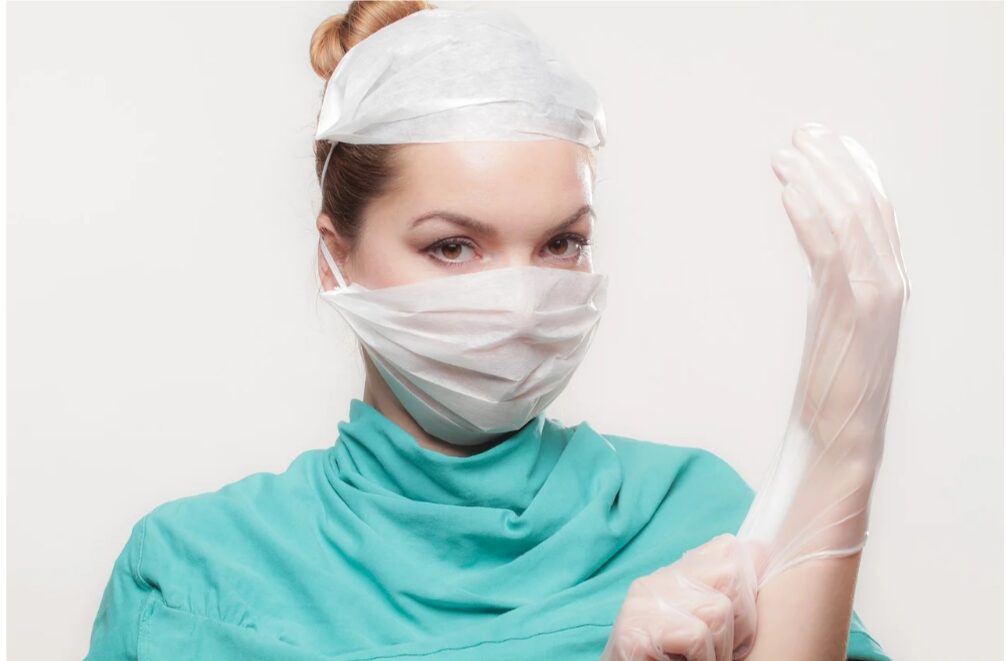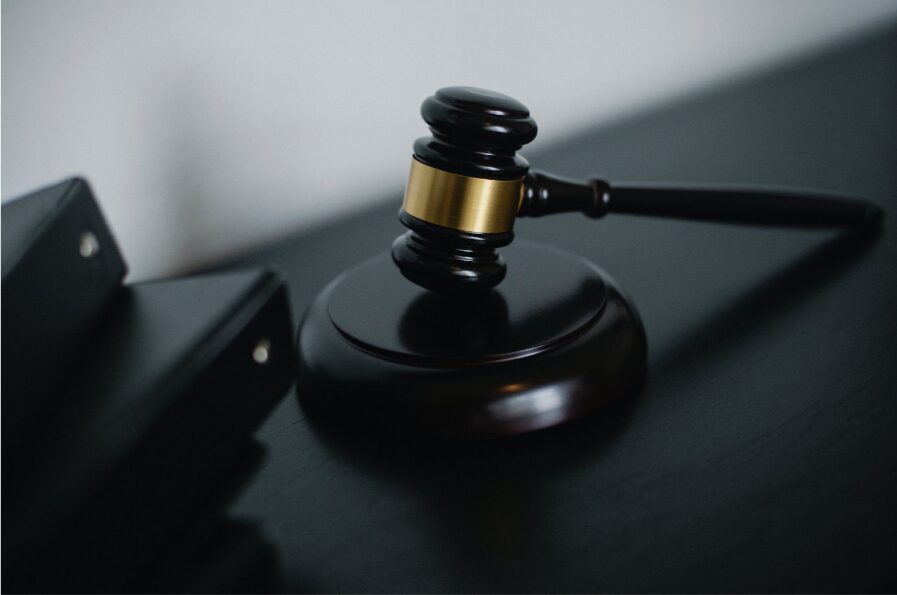By Allen Brown
How To Make Sure A Medical Practice Is Completely Legal: The medical occupation is seen as one of the noblest professions in the world. It is an honor to have the ability to render service to humanity provided due care, efficiency, sincerity, and professional skill. Those working in the medical field have sworn to the sole duty of providing care and aid to their patients, improving a patient’s quality of life, and even saving lives. These have been looked upon as a blessing to assuring the continuation of the human race.

However, nowadays the doctor-patient relationship aspect of the medical profession has weakened and has become less important as it used to be. Corporatizing health care has turned it to like any other business, driven by its profit-making facet instead of the significant service it brings. It has become more formal and structured, and this can lead to medical practitioners caring less for their patients, performing medical malpractice.
The legality of medical practice is crucial for it entails the inherent responsibility of a medical practitioner to uphold ethical liability towards their patients, as well as themselves. The consequences of the execution of illegal medical practice may vary depending on what type of practice it is. In a time when we are haunted by an invisible enemy, the coronavirus has pushed some to perform medical misuse and malpractice. This does not only endanger the physician’s reputation but most importantly, it endangers the lives of the patients at hand. There are several vital factors to look for in order to ensure that medical practice is absolutely legal.
Credentials And License
It is essential to be able to build a strong relationship built on trust with your patient. They are literally entrusting themselves to someone else and giving them the responsibility of taking care of their body’s health. In order to ensure confidence that you can attend to their health care needs, there needs to be something that a patient can hold on to secure the legitimacy and efficiency of a doctor’s abilities and services being offered.
Credentials are imperative to provide assurance to patients that they indeed acquire the qualifications to perform their profession, with the authorization issued by a third party. These are somewhat proofs that support their capabilities as a health provider. This may be seen in their education, career history, as well as any specialty certificates.
A licensure, on the other hand, is a procedure wherein a government-associated agency grants an individual permission to perform and practice a certain occupation. This entails that that individual has met the minimum requirements in order to provide a specific service in a competent manner. To obtain a medical license, requirements and procedures must be followed, including the passing of board examinations. Basically, this guarantees that the aspiring physician has enough amount of knowledge as regards the profession before practicing.
In addition, using reliable technology is crucial to ensuring a medical practice is legal. For instance, healthcare provider credentialing can help streamline the processing of insurance contracts, including enrollment and updates. The app’s features allow healthcare institutions to manage credentialing processes easily and securely. Furthermore, this tool can help healthcare professionals remain updated with insurance follow-ups, reassign tasks, and never miss an important callback.
Telemedicine or telehealth apps are another technology healthcare professionals can use to boost their reputation and credibility. These apps are configurable with business systems and websites for potential patients to reach medical practitioners quickly. This tool allows patients to book appointments, read testimonials, and check a clinic’s updated healthcare services and fees. On the other hand, doctors can provide patient education and post their credentials online to gain more clients via telehealth apps or their websites.
Clear Patient-Doctor Communication
It is true that communication is key to truly understanding one another. A clear and open path of two-way communication between the patient and physician can go a long way, benefiting both the patient and the health care provider. Not only it empowers the patient and fully understand what they will be facing, but it enables the physician to understand the patient’s condition even further. Transparency allows physicians to provide patients with the best choices for their patients. In turn, this will aid the patients in making the right decisions that would benefit them the most, especially in circumstances with high-risks.
Healthcare professionals can show transparency by advertising their services truthfully across digital platforms. They must show foolproof credentials for their specialization in a sub-medical field or in providing specialized therapies. While all medical doctors have the same number of years in general medicine, specialization differs depending on the training hours and certifications. Therefore, a general medicine graduate shouldn’t advertise specialization in endocrinology or neurology without relevant training and work experience. Otherwise, patients’ health will be at risk without a proper referral. Patients who were harmed can sue doctors claiming to be specialists in specific medical fields without the relevant credentials.
Along with the healthcare provider’s duties is the provision of honesty and integrity in terms of the business side of health care as well. It is undeniable that payment is always due after receiving healthcare. After all, the provision of medical services is still business. Billing should be properly discussed with the patient and to be able to do this, an organized and well-systemized medical billing is essential. It is important to perform proper medical billing audits and avoid taking them lightly. Negligence may cause you to end up losing money, and even having issues with patient billing. Proper billing is a must in order for this to be avoided and cause inconveniences to both parties.
Adherence To The Law
A branch of the law is the medical law. It concerns the responsibilities of medical professionals and the rights of patients. Throughout the years, a number of laws under this branch have been passed in order to assure the quality, competency, and culpability of physicians towards their actions, as well as to provide protection for both them and the patients. No healthcare provider is exempted from it. After all, the law is the law. It applies to anyone and everyone.
An example of these laws is the Health Care Quality Improvement Act (HCQIA) of 1986. This law ensures the provision of health care with the utmost quality. Malpractice of the profession has become rampant and the said law was introduced to address this issue. Medical practitioners are moving from one state to another without disclosure of their past incompetencies. It has even made other physicians lose interest in participating in peer reviews due to the threat of monetary damages. Thus, the HCQIA created a national practitioner data bank in order to track unprofessional and inept physicians, impose procedural policies, including privilege restrictions, and releasing information.
These are just some of the aspects of a medical practice to be looking out for in order to assure its legality. As you can see, not only the patients need protection from malpractice, but the professionals medical provider as well. They themselves are also considered so that they may be unharmed and unaffected by the actions of inept medical practitioners. As a patient, you should be knowledgeable about these in order to prevent being taken advantage of, or worse, be scammed. It is important that you are able to distinguish between what is legal and what seems to be too sketchy to be one. Most importantly, as a physician, you should provide health care services with due diligence, honesty, and genuine care for your patients, prioritizing their health above everything else.


